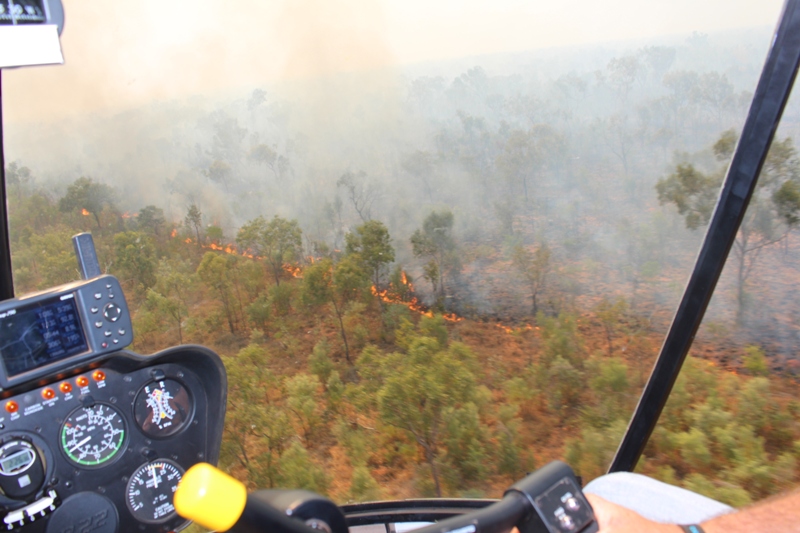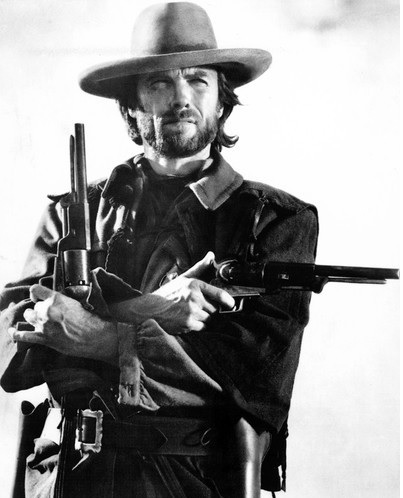Fire – Pro’s, Con’s, and a Necessary Too
Host: Country Downs Station
Written by Kurt Elezovich – Owner, Country Downs Station.
I have asked Kurt to write today’s blog to explain a little more about both the useful and the detrimental effects that fire has on our land system. Having had to deal with the devastating effects of out-of-season fires for two years in a row, has really made us take a good look at how we need to try and manage our preventative burning program (i.e. pre-season aerial burning program done with DFES) and also how we mitigate and cope with the out-of-season, uncontrolled bushfires that raze the Dampier Peninsula and beyond.
The toll these fires take is on so many levels. It not just the loss of pasture for the cattle, but as Kurt points out, it’s the impacts on the native flora and fauna that can potentially make or break an ecosystem. It’s also the physical toll on the livestock themselves. It’s the ‘clean-up’, rehabilitation, and financial toll that follows each of these events. And of course, it’s the physical, mental, and emotional toll on every person who is involved in battling these fires, from us as the land-holders to the volunteers, DFES crew, and other support services.
Because of this, we really wanted people to have a better understanding of the potential role that fire does have in our industry, but to also understand that it can be so demoralising to have to constantly deal with these huge events. I will let Kurt explain the philosophy of our fire regime.
– Nikki
Kurt: Fire is an integral part of our landscape up here in the tropics. Just the same as the cyclones bring the rain with destruction, so do the fires clean up the land and make way for new growth. Tropical Savannah Woodlands are a fire adapted ecosystem and require periodic fire to maintain healthy sub-peak condition for maximum diversity and productivity.
Ideally, burning rank areas after the first wet season storms, when growth conditions are optimal, is undertaken in order to create a patchwork or mosaic pattern of different ages of pasture on a three year rotation plan. This is done to maximise edge effect, which is essentially a bio-dynamic term to describe the areas of relatively high productivity that are created by the interaction between different vegetation types within the landscape.
. . . And you thought we just chase cows around!
This all sounds pretty good in theory, but the situation becomes more complex when we are faced with bushfires at the wrong time of year that wipe out our mosaic pastures and leave the ground bare for up to four months of the year. This means there is not only no feed for our cattle, but also no habitat for all the other animals that are part of a diverse ecosystem. We do our best to try and minimise risk by burning high risk areas early in the season. However, the downside is that this damages our perennials (plants that have a life-cycle of more than 12 months) and contributes to overall decline of ecosystem productivity, as the plants have not evolved to this kind of regime.
Long story short, burning your pasture before someone else does, doesn’t seem to be much of a sustainable business policy.
 The scene whilst trucking cattle around the property after the fire in October 2015. No ground cover, no habitat, no shade.
The scene whilst trucking cattle around the property after the fire in October 2015. No ground cover, no habitat, no shade.
 One of the many orphaned calves (poddy) found alone and hungry at a waterhole after the fires.
One of the many orphaned calves (poddy) found alone and hungry at a waterhole after the fires.
As a result of all this, we have had to evolve our operations to include some very proactive fire-fighting when hit by those devastating, uncontrolled bushfires. Having the support from DFES and the Volunteer Fire Fighters enables us to fight these fires with a “multi-pronged” approach. By using helicopter spotters and satellite imaging to assist ground crew along with machine operators to cut breaks around fire fronts in order to burn from these breaks back onto themselves is something we have had some success with – but we have also had our asses kicked a bit too!
This is one aspect of our lives that we all detest. The endless days and nights working and worrying and still having to come up with a new plan at no notice every time the fire jumps another break. This is all in addition to keeping everyone safe and the rest of the show running as well. It’s a bit like a battlefield at times, if you lose your head you’re gone – it’s very easy to see how people get themselves cooked when something goes wrong.
 Flying along the uncontrolled bushfire front in August 2015. This particular front was more than 15km long.
Flying along the uncontrolled bushfire front in August 2015. This particular front was more than 15km long.
 DFES support with lighting a 40km back-burn in the August 2015 fires.
DFES support with lighting a 40km back-burn in the August 2015 fires.
As I sit here looking across the green pastures it all seems like another life entirely. But the fire season will be on us again all too soon. A year off would be good after two years in a row being pretty much burnt out, but that’s unlikely to happen, the way things stand.
 Greener pastures. This was taken in Feb 2015. You can barely tell that we had been burnt out four months prior.
Greener pastures. This was taken in Feb 2015. You can barely tell that we had been burnt out four months prior.
I hope this helps people to better understand some of the bigger challenges we face out here. To help me deal with a lot of the smaller issues we get thrown at us throughout the year, I tend to think about the big issues we have had to deal with. It makes it a whole lot easier to just get on with life. It brings to mind a quote from an old western movie:
“Remember, when things look bad and it looks like you’re not going to make it, you gotta’ get mean, I mean plum mad dog mean. Cos’ if you lose your head and you give up, then you neither live nor win. That’s just the way it is!”
And that about sums it up from me!
 The Outlaw Josey Wales; a source of many relevant quotes.
The Outlaw Josey Wales; a source of many relevant quotes.
